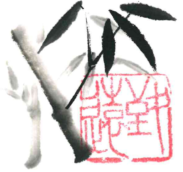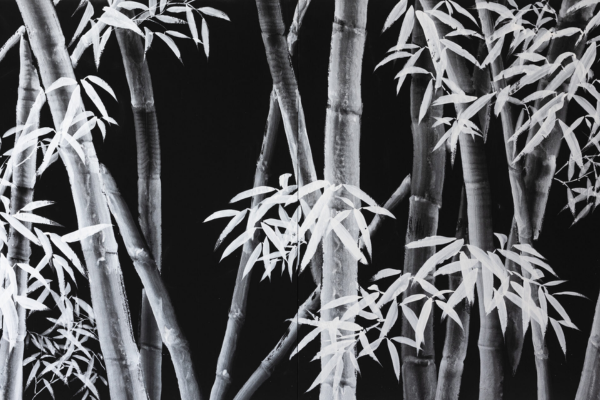Introduction to Japanese Sumi-e painting
Japanese Sumi-e painting is an art form that embraces beauty in its most subtle and refined form. With a rich history and a philosophy deeply rooted in Zen meditation, Sumi-e is more than just a painting technique; it is a path to finding inner peace and a deep appreciation of natural beauty. In every stroke of ink, in every blank space, lies a silent narrative, a story of the relationship between humanity and nature, between the inner and the outer.
The origins and evolution of Japanese Sumi-e painting
Roots in China
Sumi-e, whose name literally translates as “ink painting”, originated in ancient China during the Tang dynasty (618-907). During this period, arts and culture flourished, giving rise to a variety of forms of artistic expression. Buddhist monks practised ink painting as a form of meditation and reflection. The simplicity and elegance of ink on paper was seen as a reflection of Buddhist life and principles.
Journey to Japan and its transformation
In the 14th century, Sumi-e was introduced to Japan by Zen Buddhist monks who travelled from China. In Japan, this art adapted and evolved, becoming intrinsically Japanese. Japanese Sumi-e artists, influenced by their own culture and traditions, began to give Sumi-e a unique character, one that emphasised the transient and ephemeral nature of life.
Sumi-e became an integral part of Japanese life and culture. During the Muromachi period (1338-1573), the art of Sumi-e was adopted by the samurai class. The samurai, known for their ferocity in battle, found in Sumi-e a way to express their softer side, their appreciation of beauty and their deep respect for nature.
The basics of Japanese Sumi-e painting
Zen philosophy and Sumi-e
At the heart of Japanese Sumi-e painting is the Zen philosophy. Zen, with its emphasis on meditation, self-discipline and enlightenment through direct experience, has played a key role in the formation of Sumi-e principles and techniques.
Sumi-e painting is considered a form of meditation in movement. Each stroke of the brushstroke is an expression of the present moment. Sumi-e artists do not strive to replicate exactly the appearance of their subject, but seek to capture its spirit, its vital energy.
Beauty in simplicity
One of the fundamental principles of Japanese Sumi-e painting is the beauty of simplicity. Through simple lines and the subtle interplay of ink and paper, Sumi-e artists can evoke complex emotions and convey profound truths.
Sumi-e art is as much about what is left off the paper as what is put on it. The blank spaces are not simply empty spaces, but integral parts of the composition that contribute to the overall balance of the work. This appreciation of simplicity and emptiness is a reflection of the Zen concept of “ma”, which translates as “space” or “pause”.
Ink, brush and paper: tools for expression
Ink, brush and paper are the three basic tools of Japanese Sumi-e painting. The ink, known as “sumi”, is created by grinding a solid ink stick against an ink stone with water. This process of preparing the ink is itself a form of meditation, an opportunity for the artist to focus and connect with the task at hand.
The brush, usually made of animal hair, is the medium through which the artist communicates with the paper. The movements of the brush, the pressure applied and the amount of ink used all play a role in the creation of the final work.
The paper, often rice paper, is more than just a surface on which to paint. It absorbs ink in a way that no other type of paper can, allowing for a variety of effects and techniques.
Sumi-e: a deep exploration in Japanese painting
Japanese Sumi-e painting is a path to self-discovery. It is an art form that requires not only technical skill, but also a specific state of mind. Sumi-e artists strive to achieve a state of “mu-shin” (mind without mind), in which they are completely present in the moment and free from thoughts and distractions.
The practice of Sumi-e is both a discipline and a form of self-expression. Each stroke of the brush, each shade of ink, and each blank space, is a part of the artist’s journey towards understanding himself and the world around him.
Sumi-e is an invitation to slow down and appreciate the beauty and complexity of nature, to find tranquillity in the midst of chaos, and to reconnect with the true self. It is an art that speaks not only to our eyes, but also to our heart and soul.


